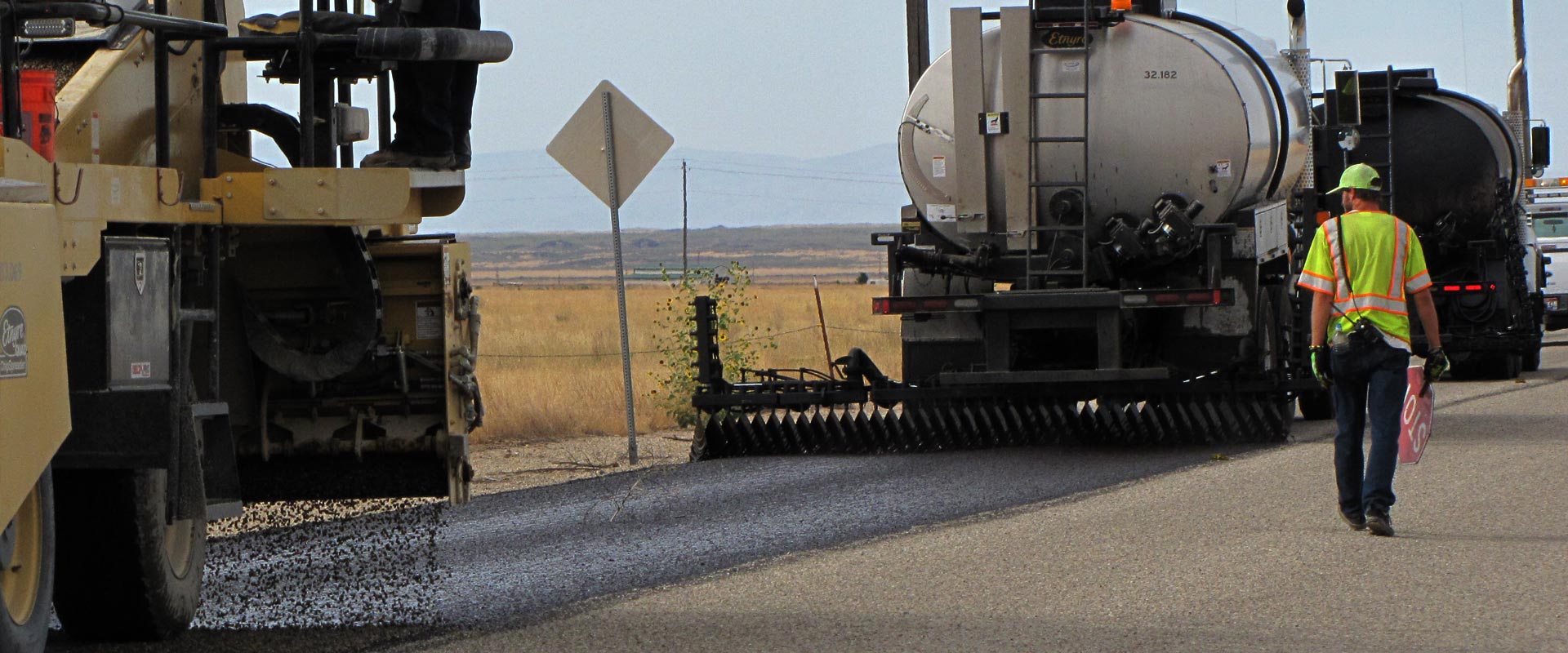“…[E]verybody wants to build and nobody wants to do maintenance.”
—Kurt Vonnegut

—Kurt Vonnegut
 Let’s face it – transportation maintenance is not fun or exciting – a freshly chipsealed road, a repaired sidewalk, or a newly replaced bus don’t generate headlines like the construction of a new bridge, bike path, or transit center. Yet, these routine – even mundane – projects are exceptionally important.
Let’s face it – transportation maintenance is not fun or exciting – a freshly chipsealed road, a repaired sidewalk, or a newly replaced bus don’t generate headlines like the construction of a new bridge, bike path, or transit center. Yet, these routine – even mundane – projects are exceptionally important.
 From the potential of a flat tire or having your car go out of alignment from hitting a pothole, to simple wear and tear on your car from driving on a rough road, a poorly maintained road can hit you in the wallet.
From the potential of a flat tire or having your car go out of alignment from hitting a pothole, to simple wear and tear on your car from driving on a rough road, a poorly maintained road can hit you in the wallet.
Poor maintenance can also lead to lost time stuck in snarled traffic and injuries or even lost lives when ruts, potholes, faded lines, or buckled sidewalks contribute to traffic crashes, bike wrecks, or pedestrian falls.
Beyond the effects on you personally, keeping current with routine maintenance also keeps costs down – costs paid by your tax dollars. Just as a routine teeth cleaning costs less than having a root canal, keeping our transportation system well maintained now saves money by avoiding more costly repairs in the future.
The COMPASS Board of Directors has directed that federal funding allocated through Communities in Motion 2040 2.0 be focused on maintaining the existing transportation system, while strategically addressing unfunded regional priorities.
But, just as we don’t have enough funding to keep up with our capital needs, there is not enough to keep up with routine maintenance, meaning we must defer some maintenance – postpone repairs or other maintenance activities – to some future date.
We have a maintenance funding shortfall – translating into a total deferred maintenance need – of $806 million to year 2040 for local roads in Ada and Canyon Counties. The Idaho Transportation Department has not identified any deferred maintenance needs on the state system in Ada or Canyon Counties; therefore, deferred maintenance needs on state highways are not included in this figure. The deferred maintenance need for public transportation to year 2040 is over $171 million.
And, just as a root canal costs more than a routine teeth cleaning, future repairs needed due to a lack of maintenance will cost more than the maintenance would have, meaning the needs, and costs, will continue to escalate.